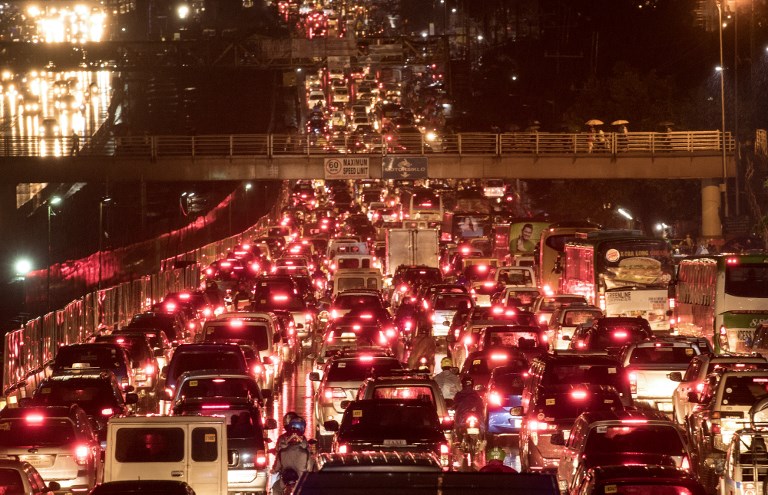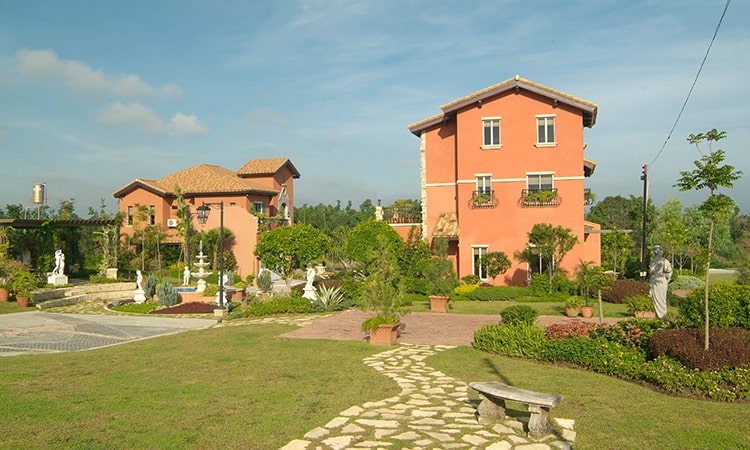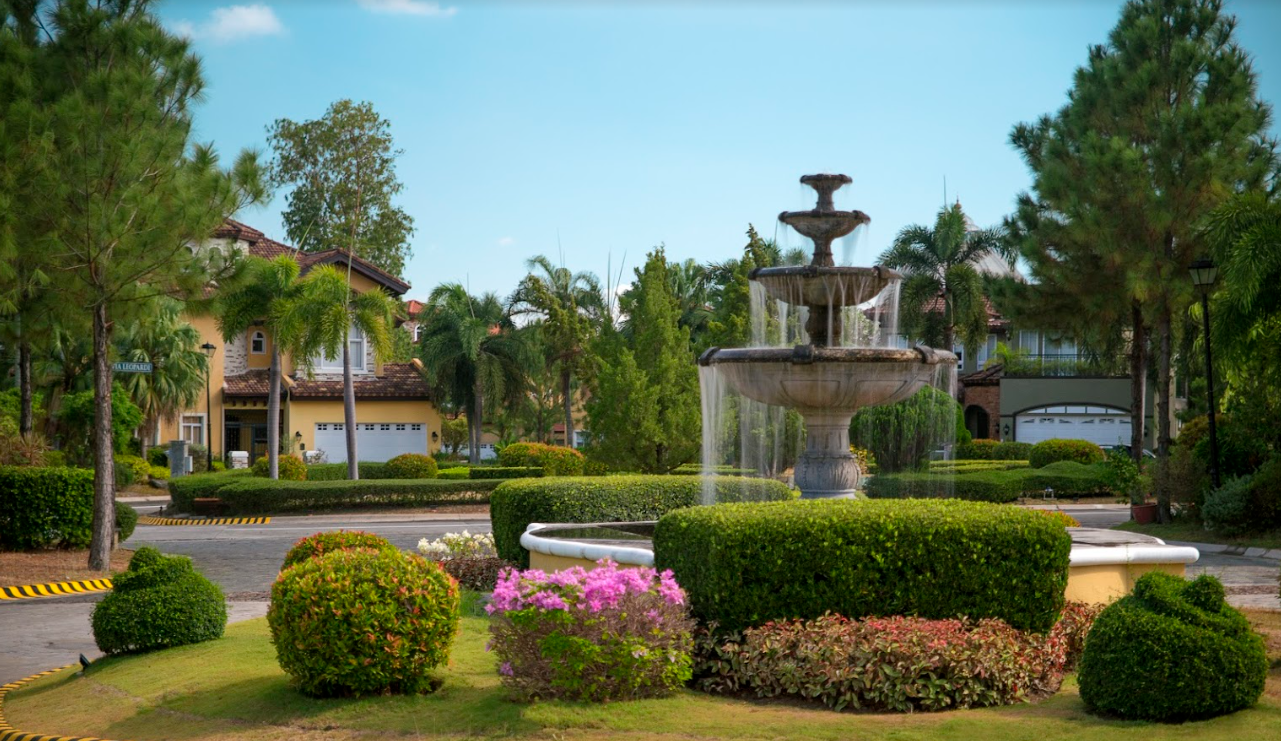BLOGS
Economic and Environmental Benefits of Walkable Communities
“Walking is a man’s best medicine.” -Hippocrates, Father of Modern Medicine
Going for a walk has many benefits that people are not usually aware of. Most people think that the only purpose of walking is to keep fit, but there are actually many more benefits to it. Walking can help increase your metabolism, make your heart healthier, tone your muscles, strengthen your immune system and increase your energy levels.
In addition, walking can also help improve your self-esteem, self-image and relieve stress. Consequently, it is clear that walking has numerous advantages and it is important to live in a walkable community in order to reap these benefits.
Not only does living in a walkable community have health benefits, but it also has economic and environmental advantages. Therefore, it is evident that there are many reasons why living in a walkable community is beneficial and advantageous.
In addition to improving one’s health, living in a walkable neighborhood also has economic and environmental benefits.
The Economic Advantages of Walkable Communities
According to the Victoria Transport Policy Institute, particularly Todd Litman, ”It is clear that walking is a critical component of the transport system, and that improved walkability and increased walking can provide significant benefits to society.“
Here are some of the economic advantages of walkable communities:
1. Enhances the Community’s Identity
According to the Cambridge Dictionary, identity is the sum of the characteristics that a place has that distinguish them from others.
The identity of a community is steered by how the cultural and social interactions take place. Moreover, it can be magnified by the public through various improvements.
If the community possesses a strong identity, it can boost the economy. If the community is walkable, it enhances its identity; it makes the community more competitive.
2. Reduces Public Transportation Costs
According to Murphy and Delucchi (1998) and, Litman (2010), motor vehicle use urges numerous public costs for road and parking facilities, traffic congestion, crash risk, and even environmental damages.
If people shift from motorized to non-motorized modes, such as walking, the external costs would be greatly reduced. If the people shy away from public transit and choose to walk instead, they would be able to save a lot.
In a walkable city, walking can for sure be substituted for relatively short vehicle trips, long motor vehicle trips, and more.

Consequently, each percentage switch of vehicle trips to walking can lower the transport external costs by many percentage points, specifically under urban-peak conditions when emission and parking costs are soaring.
According to Bill Ryan, “the construction of a walkable community provides the most affordable transportation system any community can plan, design, construct, and maintain.”
Walking and cycling provide us with inexpensive and basic transportation. People who are physically, economically, and socially disadvantaged rely on the aforementioned mode of transportation.
In improving the non-motorized transport, the walkable community is able to help in achieving social equity and economic opportunity objectives.
3. Captures an Emerging “Lifestyle” Market
In a walkable community, it means that the community is accessible to different establishments, such as schools, hospitals, malls, and more. Recently, developers have found out that there are numerous opportunities in not only walkable communities but walkable cities as well.

Correspondingly, the developers do their best to accommodate the desired shopping experiences of the people.
With dainty building footprints, multi-story buildings and an open-air environment, the new centers that they are building are recreating the walkable communities’ “sense of place.”
The economic potential of the lifestyle division’s sales growth can be seen in walkable city business expansion and recruitment in order to generate that appropriate mix of retail, entertainment, and service businesses.
Next read: 10 Steps to a more eco-friendly lifestyle
4. Allures Tourism
Transportation is an important part of the tourist experience. Tourists are less likely to visit a city if public transportation is inaccessible.
The tourists would feel that it is a burden for them if they visit the place, for there is a hardship. On the other hand, walkable cities attract tourists because they are more accessible. The built environment is meant for the convenience of the people.
People can easily go from one place to another. With this said, the tourists are more inclined to visit walkable cities. In addition, visiting walkable cities, the tourists have a grander scope of the architecture and history of the cities.
According to multinational engineering and design firm Arup, “Walkability creates public spaces that are a pleasure to pass by; moreover, implementing small and well-planned distances between destinations enhances the pleasure of strolling through the city and enjoying local services, shops and landmarks.”
5. Attracts investments in cities and communities
Since walkable cities and walkable communities hav numerous advantages, it is only natural for private companies and individuals to be interested in investing.
As previously stated, the built environment of walkable communities and walkable cities is intended to fit the people. People will continue to patronize establishments in walkable cities and communities if they are satisfied and comfortable with them. When residents support local businesses, the community’s economy grows.
According to the Public Square CNU Journal, “The “High Line effect” has shown how an iconic pedestrian park, funded with only $115 million of public investment, can generate over $2 billion in private investment surrounding the park, attracting five million visitors a year, creating 12,000 new jobs and doubling the property value in the neighborhood.”
In addition, a walkable community is pedestrian-friendly. Parents don’t have to be concerned about public transportation vehicles causing accidents because a pedestrian can cross the street safely.
When it comes to urban planning, pedestrian-oriented infrastructure is vital to the future sustainability of the city. By definition, pedestrian-oriented infrastructure is features of the built environment that are designed to encourage walking and other forms of active transportation.
This can include anything from safe and well-lit sidewalks to parks and public plazas. In addition to promoting physical activity, pedestrian-oriented infrastructure also has a number of other benefits.
For instance, it can help to reduce traffic congestion and pollution, while also fostering a sense of community and improving mental health. Given the many benefits of pedestrian-oriented infrastructure, it is clear that cities must prioritize this type of development in order to create sustainable and livable communities.
Environmental Benefits of Walkable Communities
According to the article written by Gideon Lasco for Inquirer Newspaper, walkability has a huge possibility in fostering a sense of community. “Simply put, it’s easier to care for people you encounter on the streets than for those you barely see behind your car’s tinted windows. Needless to say, walkability is also great for the environment.”
There is a need to protect our country’s environment. And more walkable communities will greatly help in achieving that. Here are some of the environmental benefits of more walkable communities:
1. Climate-friendly
Vehicles are the top sources of climate-warming emissions. In the Philippines, cars can be seen almost everywhere, especially in the cities.

Vehicles are the top sources of climate-warming emissions. In the Philippines, cars can be seen almost everywhere, especially in the cities. The high demand for cars has resulted in a rise in emissions, contributing to climate change. Cars emit greenhouse gases such as carbon dioxide and methane, which trap heat in the atmosphere and warm the planet.
According to the journal Differences in Cyclists and Car Drivers Exposure to Air Pollution from Traffic in the City of Copenhagen by Rank, “the air in your car maybe some of the worst you’ll breathe all day. Busy highway traffic turns roadway air into a “tunnel of pollution,” exposing drivers to high levels of benzene, fine soot, volatile organic compounds (VOCs), and other pollutants from vehicle exhaust.”
Since the establishments are within walking distance only, the people in the community would rather walk. Benefits of walking include being able to exercise, save money at the same time. In addition, it is more convenient for the people. Walking reduces your contribution to global warming as well.
2. Lesser Greenhouse Gas Emissions in the built environment
One of the harmful emissions is what we call “greenhouse gas emissions.” According to National Geographic, greenhouse gasses have far-ranging detrimental environmental and health effects. These gasses are the cause of climate change. They trap heat, and they contribute as well to respiratory disease from smog and air pollution as well.
In addition, the harmful effects of climate change that are caused by greenhouse gases include extreme weather, disruptions to food supply chains, and surges in wildfire activity, among other things. Living in a community that is easily accessible on foot results in fewer emissions of greenhouse gases.
3. Fresher air to the community
“I love being outside and getting fresh air.” – Marisa Tomei
Because air pollution is lower in walkable communities, the air is cleaner. Walking is clean, easy on the infrastructure, healthy for the individual, and essential to community livability, according to Elif Ebru Sisman’s article “Pedestrian Zones.” Walking-friendly communities are both livable and appealing.

Most walkable communities are also surrounded by a lot of green space. Furthermore, each journey begins and ends with a pedestrian action, so each of us is a pedestrian at various times and places throughout our lives.
4. Peaceful environment in the walkable communities
In today’s fast-paced world, peace is something that we truly cherish. It’s easy to get caught up in the hustle and bustle of everyday life and forget to slow down and enjoy the moment. Noise pollution is a serious problem in many parts of the world.

According to National Geographic, it can cause health problems like high blood pressure, heart disease, and stress. It can also make it difficult to concentrate and get a good night’s sleep. However, there are ways to reduce noise pollution. One way is to create walkable neighborhoods.
These areas are typically quieter than places with a lot of car traffic. They also provide an opportunity for people to get some exercise and fresh air. In addition, planting trees and shrubs can help to absorb sound and create a more peaceful environment.
The kinetic energy of the vehicles and the sound of the tires hitting asphalt is responsible for the sound of traffic. Kinetic energy is proportional to the square of speed and weight, it grows fast at greater speeds.
In addition to their many other benefits, plants and trees can also help to reduce ambient noise levels. This is especially true of large, leafy trees, which act as a natural sound barrier. By absorbing and deflecting sound waves, plants can help to create a quieter, more peaceful environment.
In urban areas, where noise levels are often extremely high, this can be a welcome respite. In addition to their noise-reducing properties, plants also help to improve air quality and boost morale. As such, they are an important part of creating a healthy and sustainable environment.
5. Beautiful communities

Numerous cars are the things one usually sees in a community— visual pollution. There would be even times that you can no longer appreciate the view for there is traffic.
Thankfully, when you reside in a walkable community, you will be greeted by the lush greens. And ofcourse, the fresh air.
The splendor of the public eye has several virtuous cycles, one of which is attracting additional individuals and businesses to mixed-use walkable areas.
Live in the beautiful and walkable community of Vista Alabang

Vista Alabang is a perfect community for you with a green community where you are safe and can freely walk.
Did we mention that pedestrians are prioritized here? Vista Alabang aims to create not only a walkable community but a safe community as well. Of all the luxury homes for sale in the Metro, Vista Alabang is the one that has access to different establishments.
Each luxury house and lot in Daang Hari, found in Alabang Vista Alabang, is surrounded by magnificent Italian architectural details. For example, there are cupolas, cobblestone pathways, gabled roofs, and pocket gardens that draw the beauty of landscape and light in these Daang Hari subdivisions.
Vista Alabang is the flagship development of Brittany by Vista Land. The exact location of Portofino Alabang is Vista Alabang, 1750 Daang Hari Road, Almanza Dos, Las Pinas City, Metro Manila, Philippines.



















